Ljubljana – January 21st 2021
During the Public webinar: Application of soft matter to the conservation of Cultural Heritage curated by Professor Piero Baglioni for the Heritage Science Lab in Ljubljana, all the activities of the APACHE project related to the conservation of European cultural heritage were shown and explained.
The cultural heritage of Europe is probably the richest in the world and certainly among the oldest. Such a mass of works of art, so significant for the collective memory of mankind, must be protected in every possible way and at the same time shown as a testimony of the past and a warning for the future.
And that’s not all: Europe’s cultural heritage yields a good 334 billion euros a year for tourism and employs more than ten million Europeans.
Precisely for this reason, the APACHE project is making its contribution to the conservation of cultural assets exhibited in museums or simply stored in museum warehouses. New developments in the field of nanomaterials will not only increase our ability to preserve works of art but also consequently their value on the market. The works of art market, in fact, in 2019 alone yielded something like 91 billion euros from auction sales or direct sales.
Preventive conservation thus becomes a strategy capable of keeping the works of art of our cultural heritage intact and at the same time preserving their monetary and symbolic value. In order to preserve this heritage, APACHE is creating a scientific framework mainly based on nanoscience.
With innovative materials it is possible to increase durability and long-term protection by lowering the time required for conservation operations (carried out with non-invasive techniques), minimizing the risks for the works and reducing the cost of all these operations.
Among the new materials studied and developed within the APACHE project are: nanoparticles, micelles, microemulsions, special gels and hybrid systems. Using nanoparticles, for example, it is possible to restore partially degraded paintings, returning the color and surface of the work to the stage prior to degradation. Within the webinar, Professor Baglioni also showed the specifics of each material and technique used within the APACHE project.
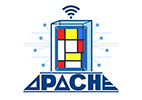
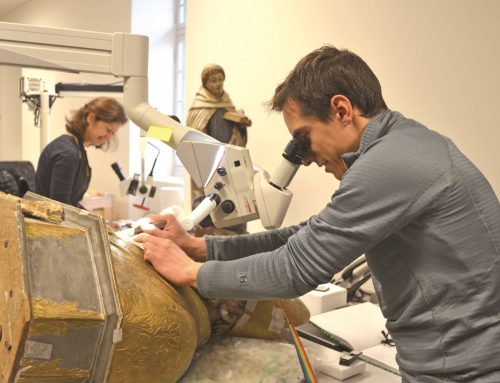
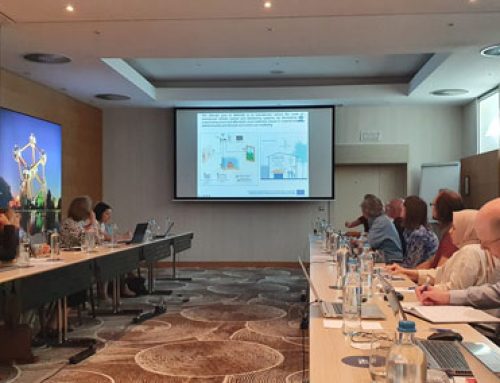
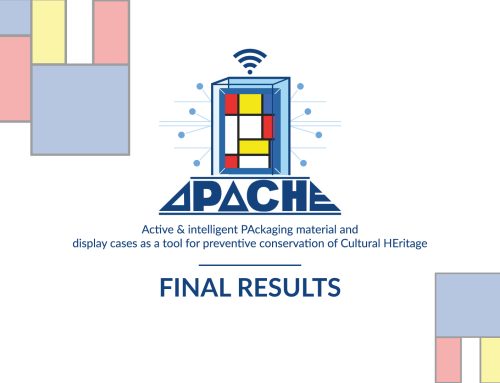
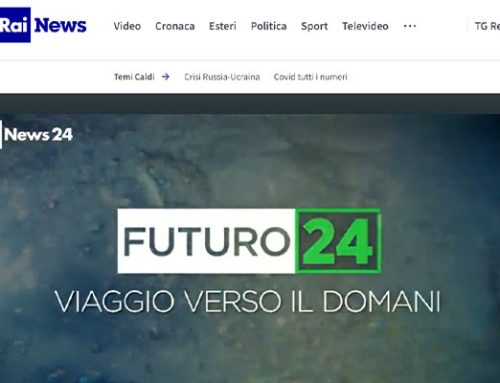
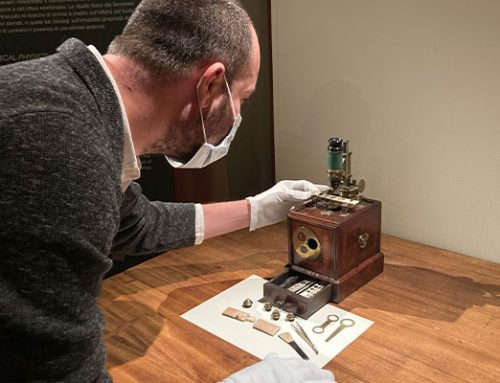
Leave A Comment